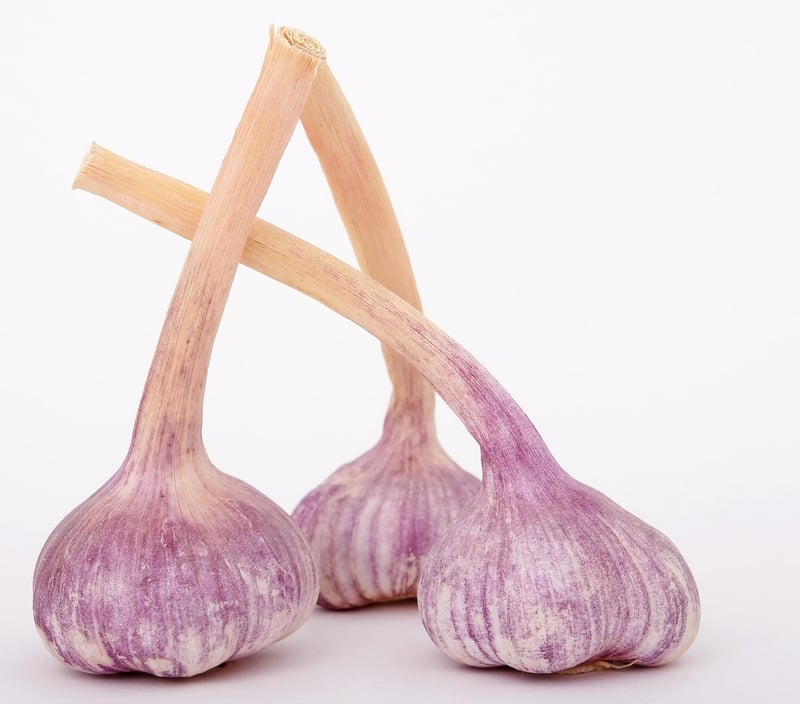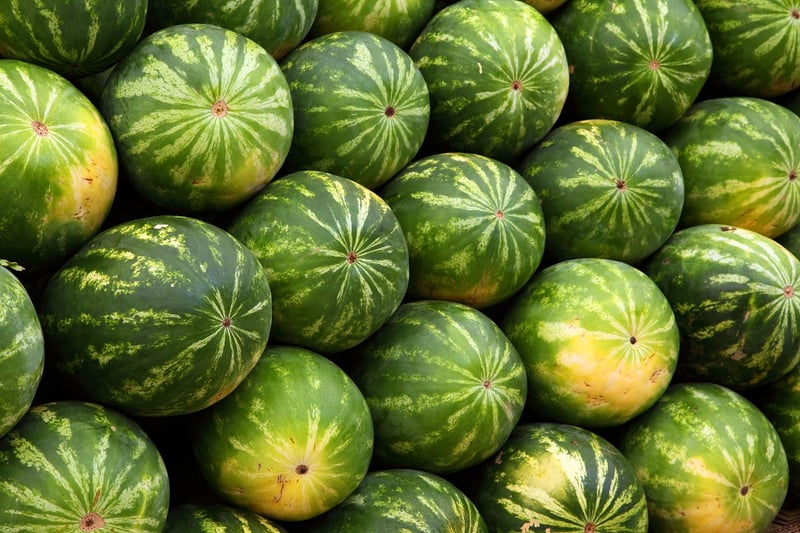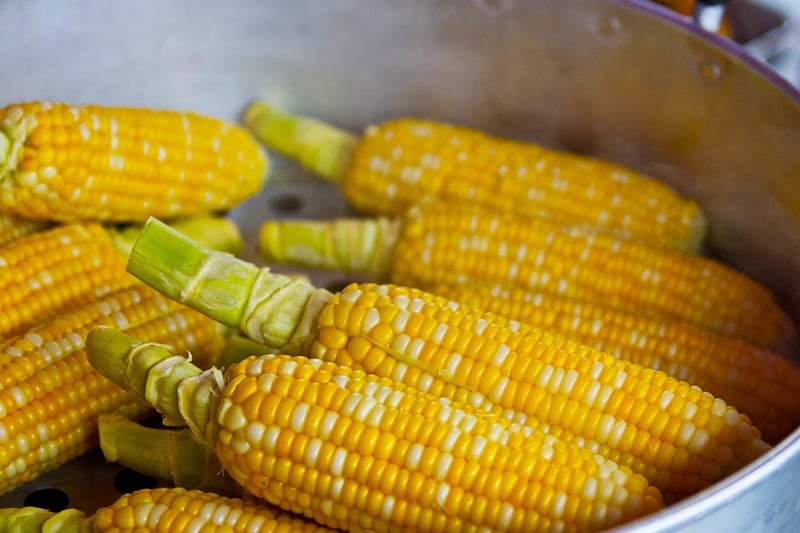Evolution of Ingredients
Dive into Gastronomy Past: The Evolution of Ingredients
Exploring the history of gastronomy unveils a rich tapestry of ingredients that have evolved over time, shaping the way we cook and eat today. From ancient civilizations to modern culinary trends, ingredients have played a pivotal role in defining cultural identities and culinary traditions.
Ancient Origins
Ancient civilizations such as the Egyptians, Greeks, and Romans laid the foundation for gastronomy by cultivating and using ingredients that were readily available in their regions. Staples like wheat, olive oil, honey, and a variety of herbs and spices formed the basis of their diets and culinary practices.

The Spice Trade
One of the most significant developments in the evolution of ingredients was the spice trade, which facilitated the exchange of exotic spices and ingredients between cultures and continents. Spices like pepper, cinnamon, and ginger became highly sought after commodities, transforming the culinary landscape and introducing new flavors to kitchens around the world.

Modern Innovations
In the modern era, advancements in transportation and technology have made ingredients from all corners of the globe accessible to chefs and home cooks alike. Ingredients once considered rare or exotic are now commonplace in grocery stores, allowing for greater experimentation and creativity in the kitchen.
Sustainability and Locally Sourced Ingredients
With a growing awareness of environmental issues and the impact of food production on the planet, there has been a renewed focus on sustainability and locally sourced ingredients. Chefs and consumers are increasingly seeking out ingredients that are grown or produced in a responsible and environmentally friendly manner.

Conclusion
The evolution of ingredients in gastronomy is a testament to the dynamic nature of food culture and the continuous innovation within the culinary world. By understanding the origins of ingredients and embracing new trends in sourcing and cooking, we can appreciate the diverse flavors and traditions that make up the global culinary landscape.
Embark on a culinary journey through time and explore the fascinating evolution of ingredients that have shaped the way we eat and cook today!
